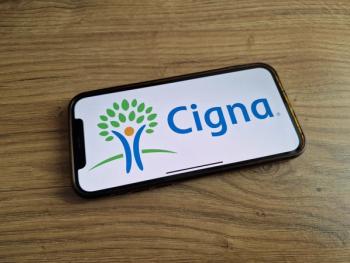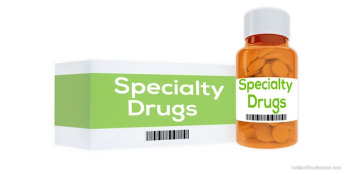
Four Reasons Payers Are Investing in Real-Time Benefit Check
Why the top PBMs are so excited about the promise of a new standardized transaction.
The time and conditions are right to timely and patient-specific prescription drug coverage information at the point-of-prescribing. To accomplish this, payers are using real-time benefit check (RTBC), an emerging and innovative standardized transaction created through the standards development organization, the National Council for Prescription Drug Programs (
To better understand the industry’s interest in RTBC,
1. Improves prior authorization
An initial driver of payer investments in RTBC is improving the
In contrast, RTBC data gives prescribers up-to-date, patient-specific information regarding drug benefit coverage, potential medication alternatives, a patient’s out of pocket costs, and whether a drug requires PA. Such timely and patient-specific upstream information helps optimize the return on investment for pharmacy electronic PAs.
Related article:
2. Lowers costs
A primary driver for RTBC adoption is its ability to more accurately guide physicians during the ePrescribing process. PBMs strive to have medications ePrescribed that are on a patient’s formulary, clinically appropriate, and the most cost-effective. This helps reduce drug spend and administrative overhead and lowers costs for the patient. Prescribing the right drug for the right patient at the right time also improves core quality measures, such as better health outcomes and improved medication adherence. Use of the RTBC is also expected to reduce administrative costs for processing PAs by providing prescribers with alternatives not requiring PA and helping to avoid drug prescriptions requiring PA that are not on formulary.
3. Enhances price transparency
Physicians and patients currently have no way to determine the patient’s out-of-pockets costs for a drug-that is, until the patient gets sticker shock at the pharmacy. At the same time, consumers are being asked to pay more for their medications with rising deductibles and copays as well as changes in plan formularies.
As a result, consumers may be unable to afford their prescribed medications. This leads to prescription abandonment and noncompliance with medication regimens, costing payers millions annually in unnecessary office visits, emergency department visits, and hospitalizations.
The RTBC provides improved price transparency at the point of prescribing, letting physicians know what a patient’s out-of-pocket costs will be for a medication and what lower-cost, therapeutically appropriate options may be available. That said, payers are still challenged with presenting accurate copays and deductibles in real time.
4. Improves satisfaction and retention
PBMs view the RTBC as a means of improving the core performance indicators that affect quality ratings. These include: patient satisfaction, patient engagement by physicians, and retention of physicians and members. RTBC can help. It reduces the hassles associated with treatment, such as identifying the need for PA, claims denials, and sticker shock at the pharmacy. The RTBC improves speed-to-therapy and prescription affordability. It can also help patients become more active participants in their own treatments by allowing the prescriber and the patient to make a fully-informed decision about therapeutic options. All contribute to improved satisfaction and retention.
Related article:
Even though it is work in progress, the RTBC will become a valuable tool to reduce costs for payers and patients.
Anthony (Tony) Schueth is CEO and managing partner of Point-of-Care Partners. He is a national expert in health information technology, electronic prescribing, standards; electronic medication management, and the electronic exchange of health information.
Newsletter
Get the latest industry news, event updates, and more from Managed healthcare Executive.


















































